1. Crested Duck (Mergellus albellus)
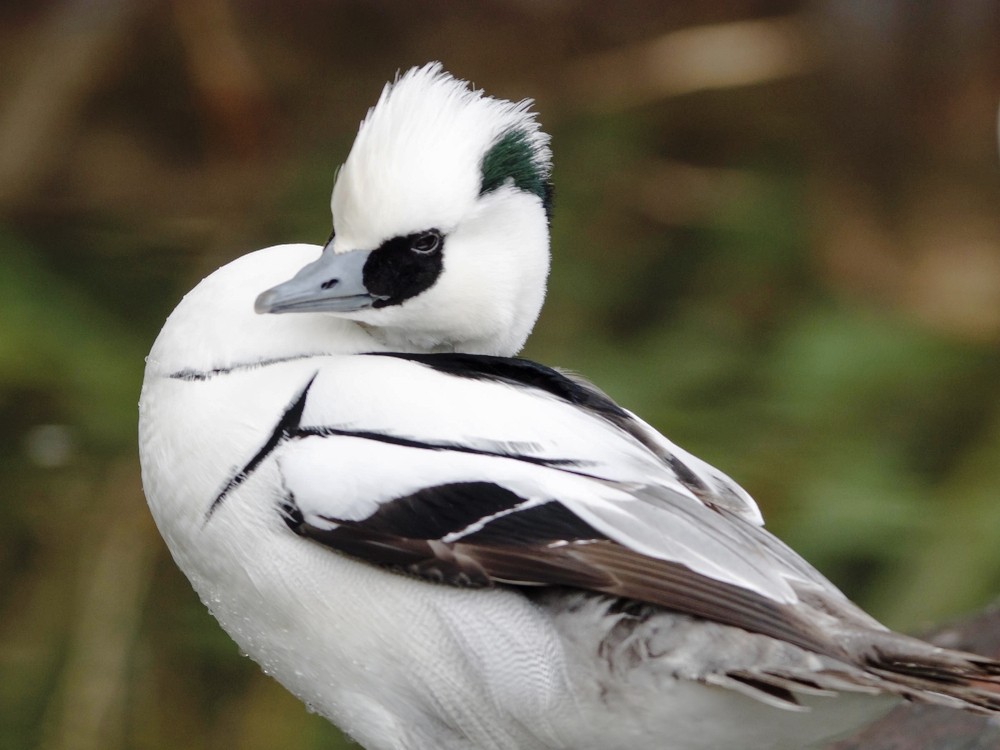
The crested duck is one of the most beautiful ducks in the world, native to the forests of northern Europe and Asia, sometimes found in the United Kingdom and North America but not as a resident. this area.
During the breeding season, the male usually wears a striking black-and-white plumage with black patterns on the head, back, and chest, and has black eyes. Meanwhile, the female has a chestnut head, white neck and gray body coat. However, in both male and female, there is a common feature of thick crest and gray legs.
Crested ducks usually live alone or sometimes in groups in lakes and rivers. They are classified as diving animals.
2. Crested Duck (Lophodytes cucullatus)
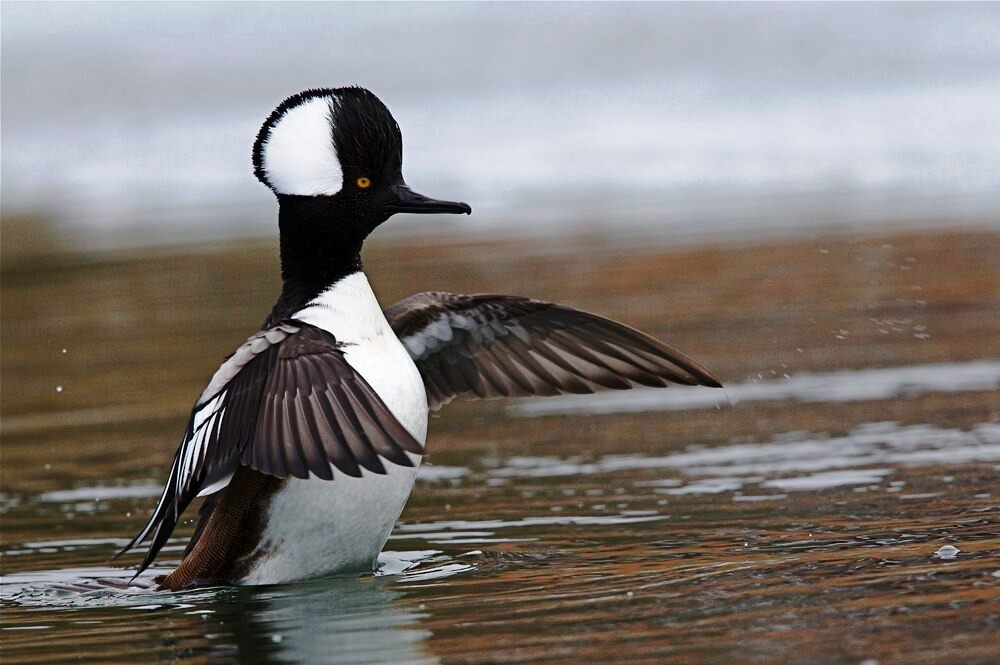
The crested sea duck is native to North America and is characterized by a large crest that can be raised or lowered. This giant fan-shaped crest is usually white with a black border. The female's are plumper and rusty in color.
The male's plumage is prominently patterned with a black body, white stripes. Crested sea duck has very sharp yellow eyes. These small diving ducks are commonly found mainly in freshwater ponds, lakes and wetlands.
This beautiful duck is classified as the second smallest Sand Duck.
3. Love duck (Aix galericulata)
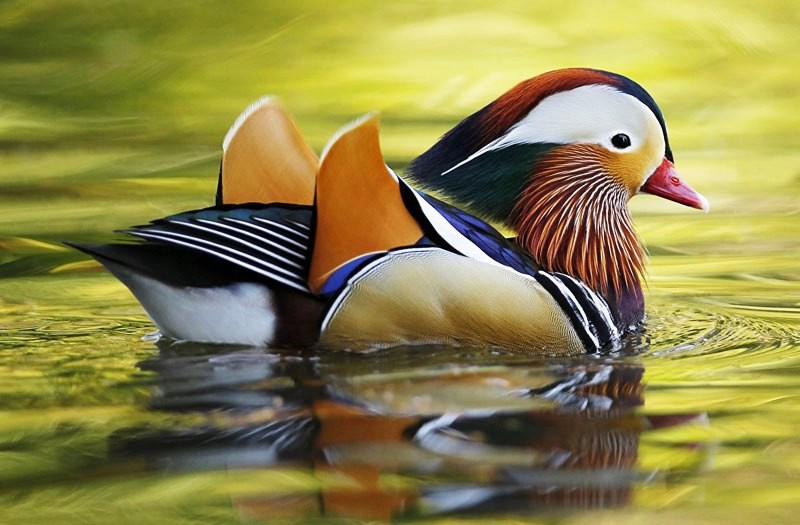
One of the most beautiful ducks in the world, the duck is native to East Asia, including countries such as China and Japan, but is now known around the world and is found in parts of Russia, Great Britain and Ireland.
This particular duck is a close relative of the wood duck and is rarely found in the wild.
The adult bird has a proud appearance in beautiful orange, purple, white, and blue plumage, along with a red bill, while the female has a gray head, pale mottled spots along the flanks, and a pointed beak.
In some Asian cultures, these ducks are considered a symbol of love and represent a faithful couple for life, unlike other ducks.
4. Long-tailed duck (Clangula hyemalis)
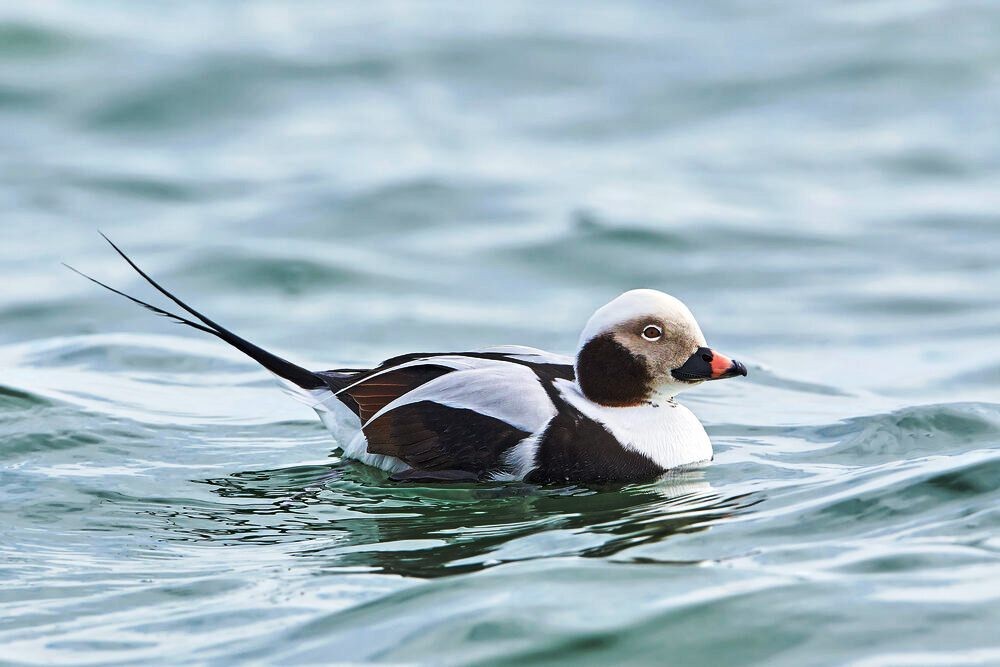
The most eye-catching feature of this duck is its long, pointed and slender tail feathers. This duck is medium in size, has a relatively small beak, and prefers to live in saltwater areas in winter and arctic regions in summer.
The male duck is usually covered with patches of black, white and gray feathers. However, the female is brown all over. One remarkable thing about the male is that his plumage changes drastically during the winter and summer months.
This duck is also commonly known to dive deeper than any other duck (up to 60 m below the surface) in search of food.
5. Mug Duck (Sarkidiornis melanotos)
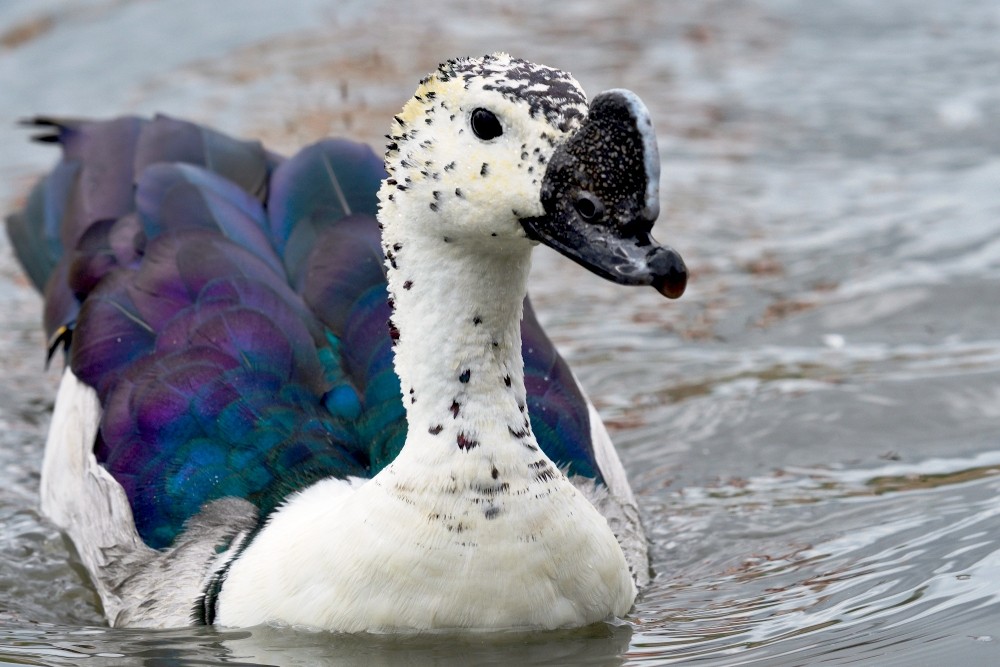
These large two-colored waterfowl, also known as comb ducks, inhabit tropical wetlands in sub-Saharan Africa, Madagascar, India, and Southeast Asia.
This duck is truly impressive and is one of the largest duck species with a wingspan of 116 to 145 cm, according to the National Parks of Thailand.
Both male and female ducks possess very beautiful iridescent green plumage, prominent at the top with white or buff- brown breasts . However, the male has a large black hump on his beak, making him more unique than the female. They are commonly found in freshwater marshes and lakes in the tropics.
6. Sea Duck (Melanitta Perspicillata)
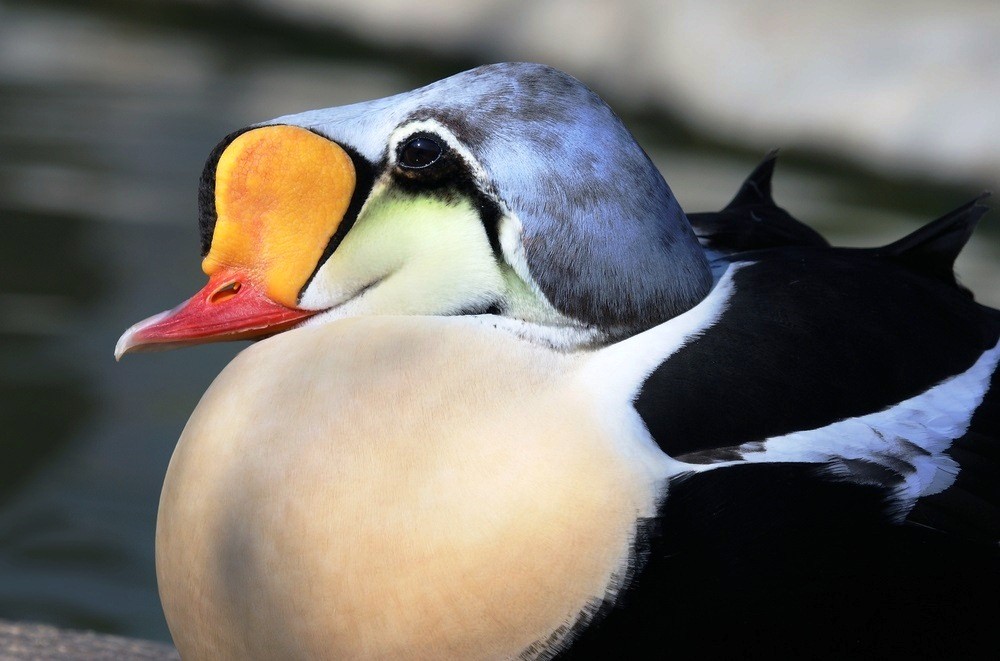
This is a large sea duck that usually resides in North America, males often possessing a colorful beak. They often wear a velvety black coat with eye-catching white patches on the forehead and back of the neck.
Males are usually more prominent than females, while females have lighter black bodies and their beaks are blue-black. These ducks are commonly spotted in harbors, bays and coastal habitats.
7. King Velvet Duck (Somateria Spectabilis)
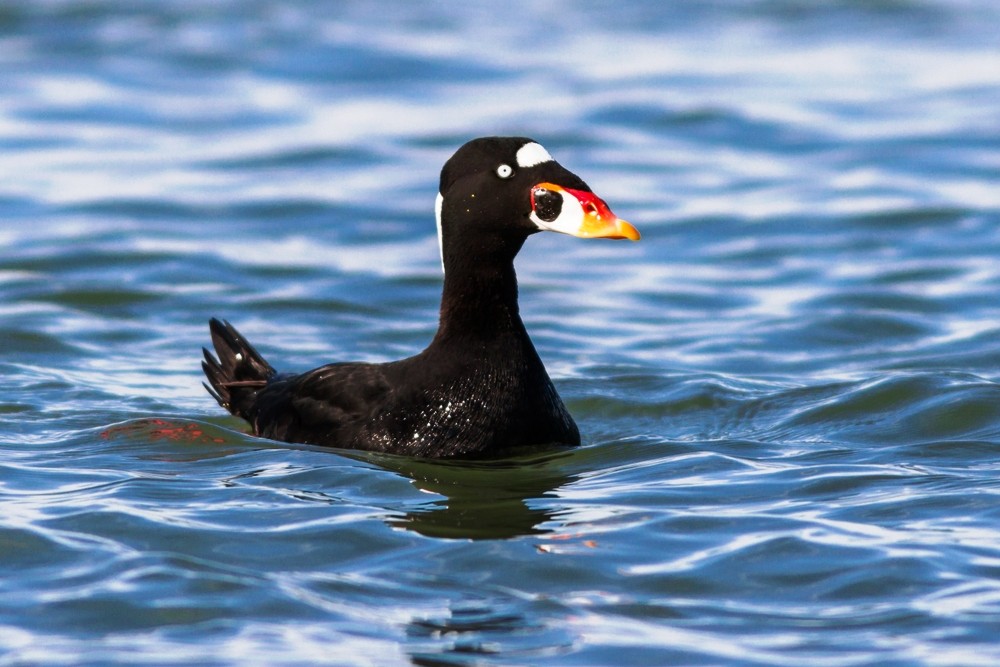
One of the largest sea ducks is the king velvet duck, which lives in the Northern Hemisphere and has adapted to icy climates.
The king velvet duck mainly lives on the northeastern coasts of Europe, North America and Asia , and is most notable for its rather oddly shaped head and rounded nape.
The plumage of the male is usually more colorful than that of the female. They have a blue nape, blue cheeks, red beak and yellow forehead. Meanwhile, the female has a warm brown body color and a black bill that makes them look like they are smiling. During the summer, king ducks often migrate to arctic tundra regions to breed and tend to feed in lakes and ponds.

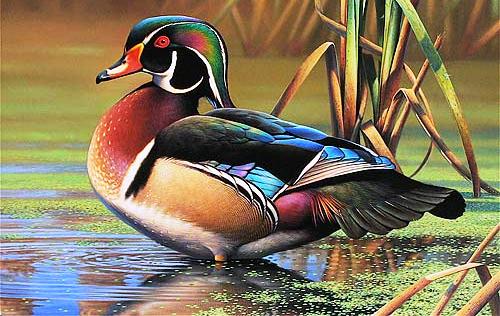






Để lại bình luận
5